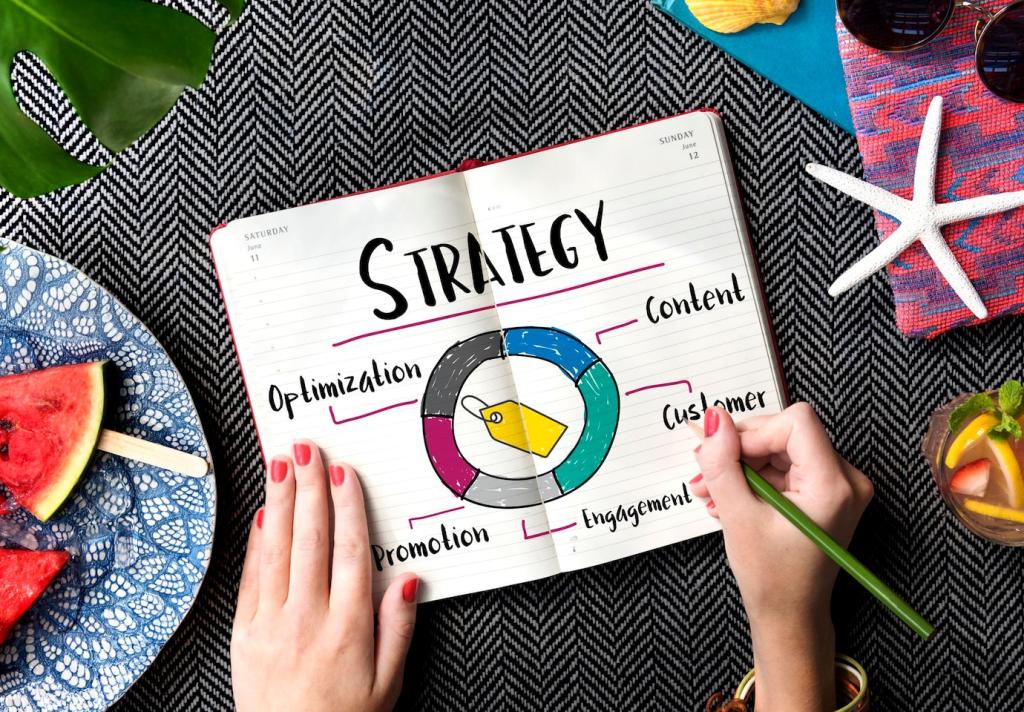Speak to Inspire: Effective Communication Strategies for Tour Guides
Chosen theme: Effective Communication Strategies for Tour Guides. Welcome to a practical, story-rich exploration of how guides communicate with clarity, empathy, and style. Dive in, share your experiences, ask questions, and subscribe for fresh field-tested insights that keep your tours unforgettable.
Start Strong: Setting the Tone in the First Five Minutes
A Lisbon guide once began by learning three guest names, then connected each to a quirky neighborhood fact. The room softened instantly. Use friendly eye contact, a sincere smile, and a quick personal anchor to make the group feel seen and safe.
Storytelling That Sticks: Turning Facts into Memorable Narratives
Invite visitors to imagine themselves walking the same cobblestones as merchants, artists, or sailors. Replace passive explanation with prompts like, “What would you trade for a barrel of spice?” Personal identification deepens attention and turns fact lists into lived experience.

Cross-Cultural Clarity and Inclusive Language
Plain Words, Short Sentences, Clear Structure
Prefer everyday words, chunk information, and signpost transitions: “First, we’ll explore the square. Next, the market.” Avoid idioms and sarcasm that may misfire. If you must use slang, translate it kindly. Clarity welcomes everyone and prevents unintentional exclusion.
Bridging Mixed-Language Groups
Use slow pacing, repeat vital names, and write tricky terms on a card or phone screen. Pair visuals with speech. Encourage bilingual guests to whisper-translate key points if they like. Smile and check comprehension with simple yes/no questions and friendly gestures.
Respectful Cultural Framing
Present sensitive topics with care. Offer context, name your sources, and avoid stereotyping. Share multiple perspectives when histories conflict. Invite guests to reflect on parallels from their home countries, turning potentially divisive material into thoughtful, respectful dialogue that builds understanding.

De-escalating Difficult Interactions
A firm, kind tone works wonders: “I hear your concern. Let’s step aside for a moment.” Name feelings, set boundaries, and offer choices. Keep the group safe and informed: “We’ll continue ahead; I’ll rejoin in two minutes.” Clarity reduces anxiety and conflict.
Correcting Myths Without Embarrassment
Replace “That’s wrong” with “Great question—many people have heard that version.” Provide the source of the myth and a concise, credible alternative. Offer a memorable detail to anchor the correction, preserving dignity while strengthening trust in your knowledge and professionalism.
When Noise, Weather, or Timing Derail Plans
Carry a backup route, sheltered storytelling spots, and a portable visual. Use concise summaries when traffic drowns you out. Signal pivots clearly: “Plan B for comfort and safety.” Follow up with a brief recap to ensure nobody misses the narrative thread.
Keep the mic a fist from your mouth, speak across it, and test for wind noise. Without tech, project from the diaphragm and aim sound just above heads. Short sentences, varied rhythm, and purposeful pauses preserve clarity even on bustling city corners.

End with a concise recap, one powerful image, and guidance for independent exploration. Offer a short list of nearby sites or cafés. Invite questions for later via a simple contact channel, keeping doors open for curiosity that blooms after the walk.
After the Tour: Sustaining the Conversation
Ask one focused question: “What helped you learn most today?” Provide a quick link or QR code for responses. Express gratitude and show how you act on feedback, signaling a growth mindset that earns trust and encourages honest, constructive participation.
